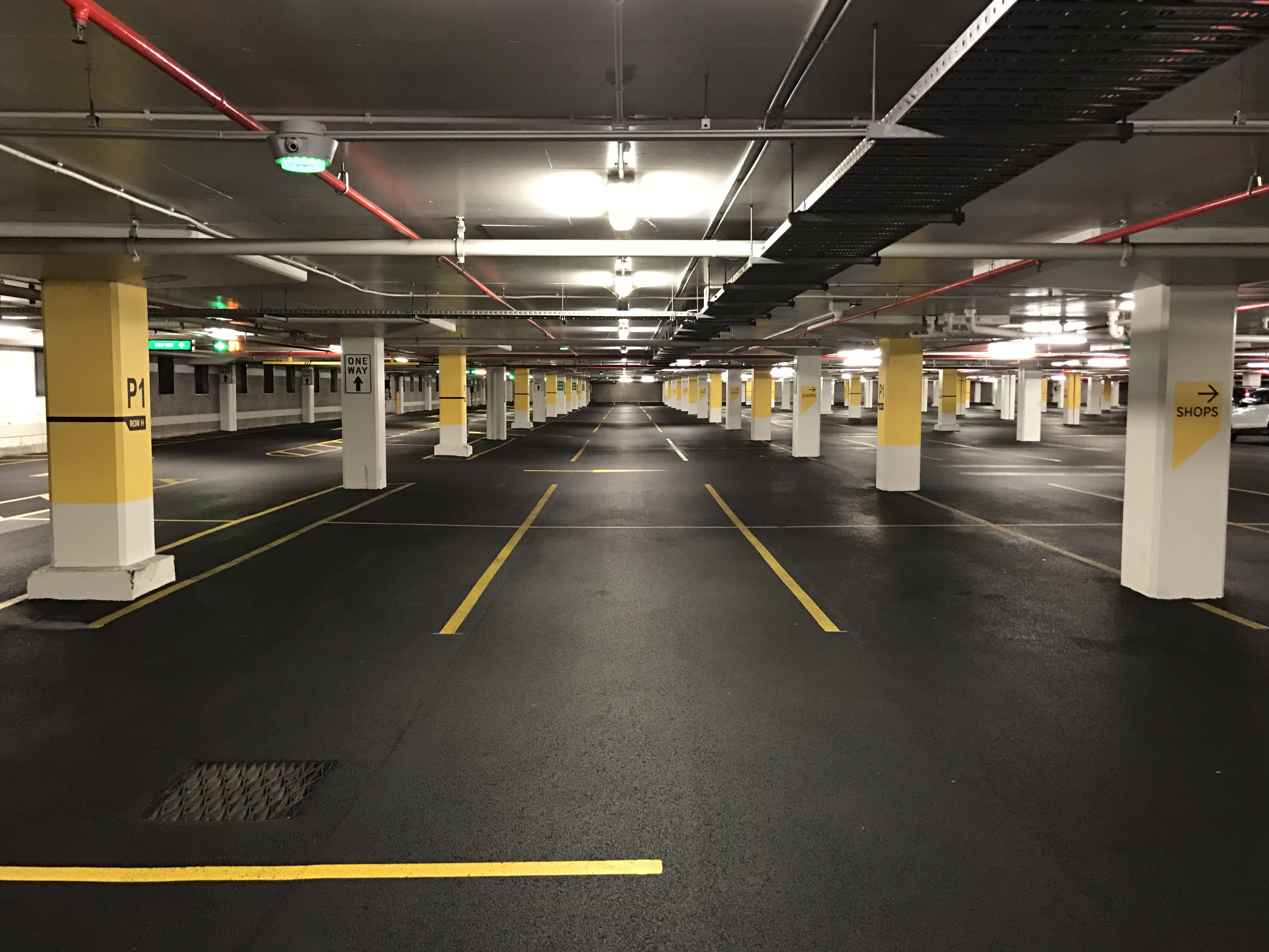Why Don’t American Cities Use Underground Parking in Their Buildings?
Underground parking in America, is quite uncommon in most of its cities. This is in spite of there being an abundance of parking spaces available and most states having requirements for a minimum amount of parking space to be constructed with every building.
Parking spaces taking over regions that could be used for housing, commercial properties, etc is a real issue, but why is building underground parking not a widespread solution to it?
Advantages of underground parking
As mentioned before, underground parking spaces leave room on the surface for residential and commercial use. Besides, it is easier to keep crime in check when parking is based underground since access to it can be controlled more efficiently. Security is needed only the entrance and exit points instead of throughout the parking lot.
Parked cars are unseen and do not spoil the view or obstruct sunlight. Cars are also not left exposed to the weather, making them last longer as strong sunlight, rain, and snow can spoil both the car’s body and its glass. In the long run, they end up saving drivers money in the cost of repairs.
Also Read: Underground Parking: The Solution to Parking Woes?
Factors hindering underground parking
Despite its obvious advantages, it is not a simple task to build underground parking spaces. Given that we are living in an era of climate change, not only is the weather unpredictable on the surface, things are not set in stone even under the ground. The water table is at risk of rising constantly. If the water table rises in a region, it makes it that much more difficult to build underground parking.
Nature is not, however, the only active threat. Since these garages are closed on almost every side, there is always a risk of carbon monoxide because of car exhaust fumes. Because of this, underground parking lots are required to have air ventilation, as carbon monoxide can kill a person very quickly.
When it comes to security, cars are generally safer in such parking lots, but cameras inside the parking are necessary to ensure that no one takes advantage of the isolated and enclosed space to rob or commit violence towards others. This might increase the cost of maintenance for these garages, but it is not the only factor that can make them more expensive. The machinery used for the operation of the building cannot be placed underground, so it is usually placed on the top floor, laying waste to one perfectly usable floor.
Besides, while the surface is overly crowded with parking spaces, the underground world is just as congested. With underground storage vaults built in the 19th century, steam tunnels, water pipes, electricity lines, and subway trains, it is difficult to find space to build underground parking.
Is there more underground parking in America than we realize?
In areas like New York, underground parking is still quite abundant, but it is usually owned by large corporations who only offer it to their employees. Other underground parking garages are expensive, usually charging by the hour. People prefer to save money and just look for a free on-the-road parking lot itself.
Underground parking is also more common in cities where it gets extremely cold. No one wants to step outside and freeze while opening their car door.
Regardless, underground garages are still a lot rarer than overground parking, perhaps because of lower demand on top of other factors. This means that they are quite expensive to maintain on the owner’s side and often too highly-priced for most people to afford unless they are provided by an employer. A good alternative is roof parking, which requires a lot less climatic consideration and provides roughly the same level of security. Many businesses have also converted the first couple of floors of their buildings into parking garages, with the upper floors being usable. While these methods are still expensive, they are less vulnerable to other risk factors such as the rising water table and carbon monoxide poisoning.

